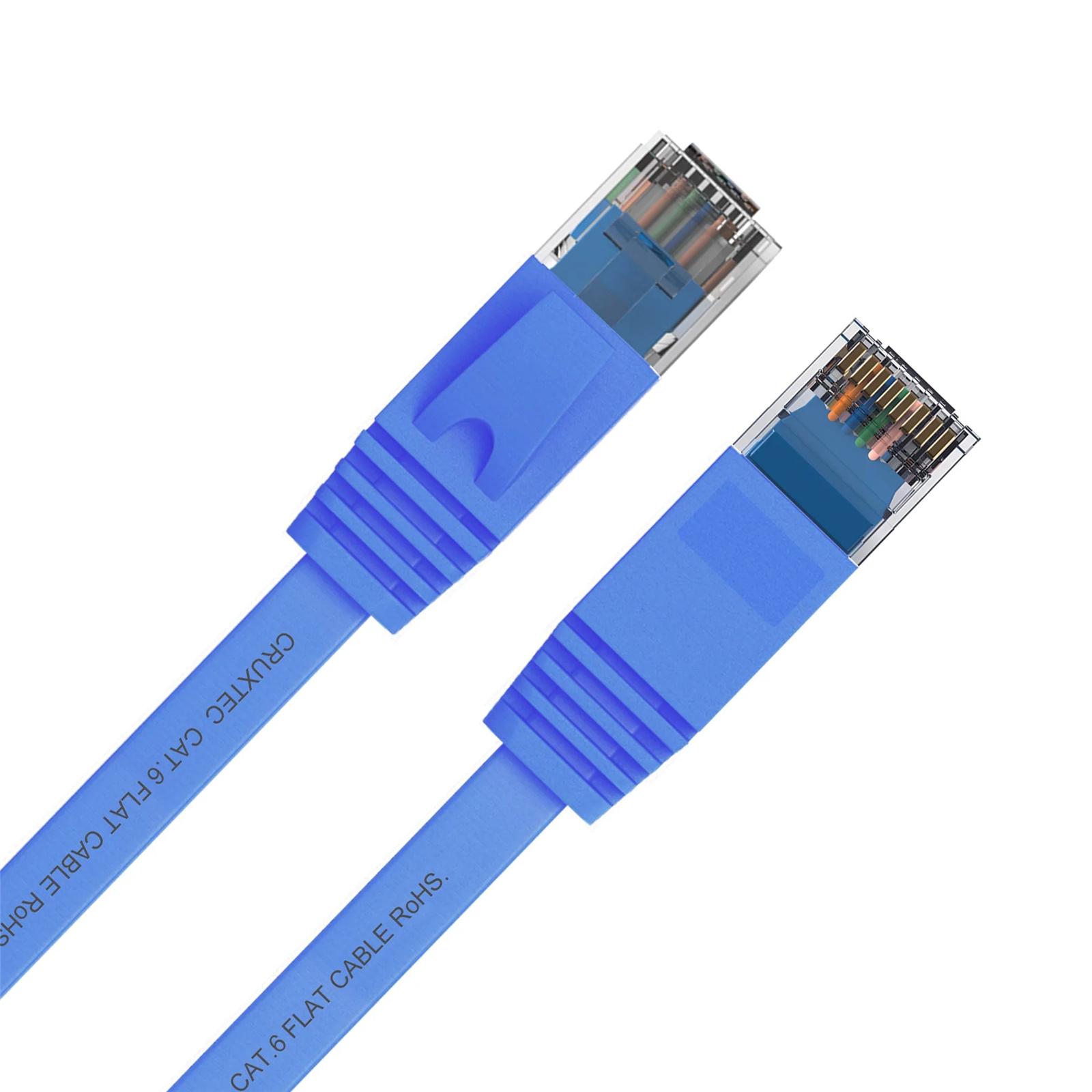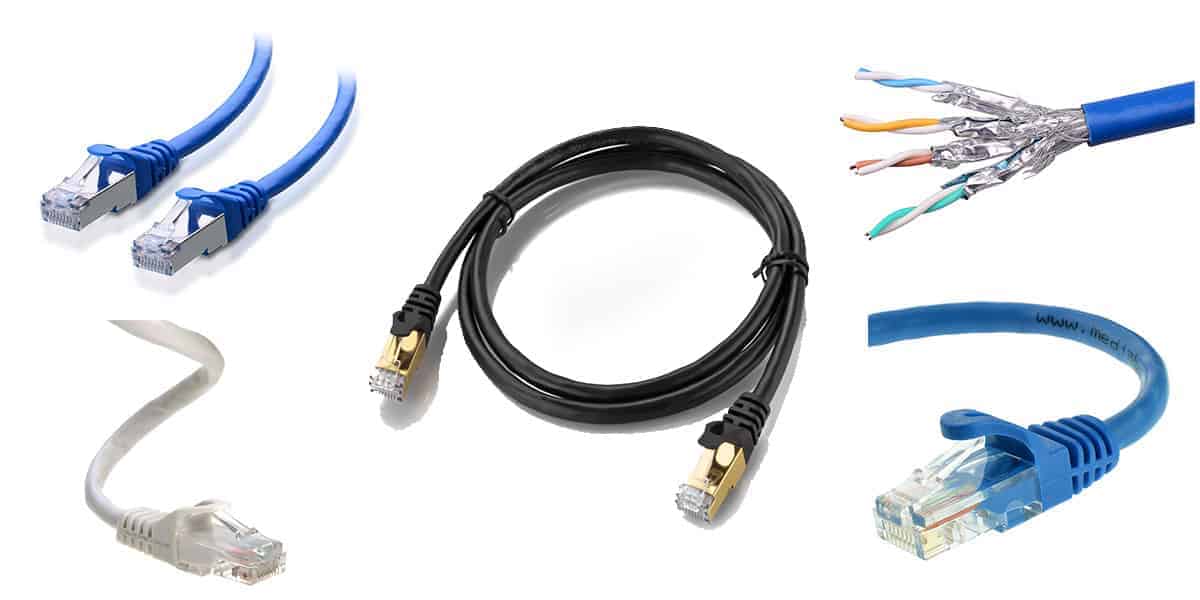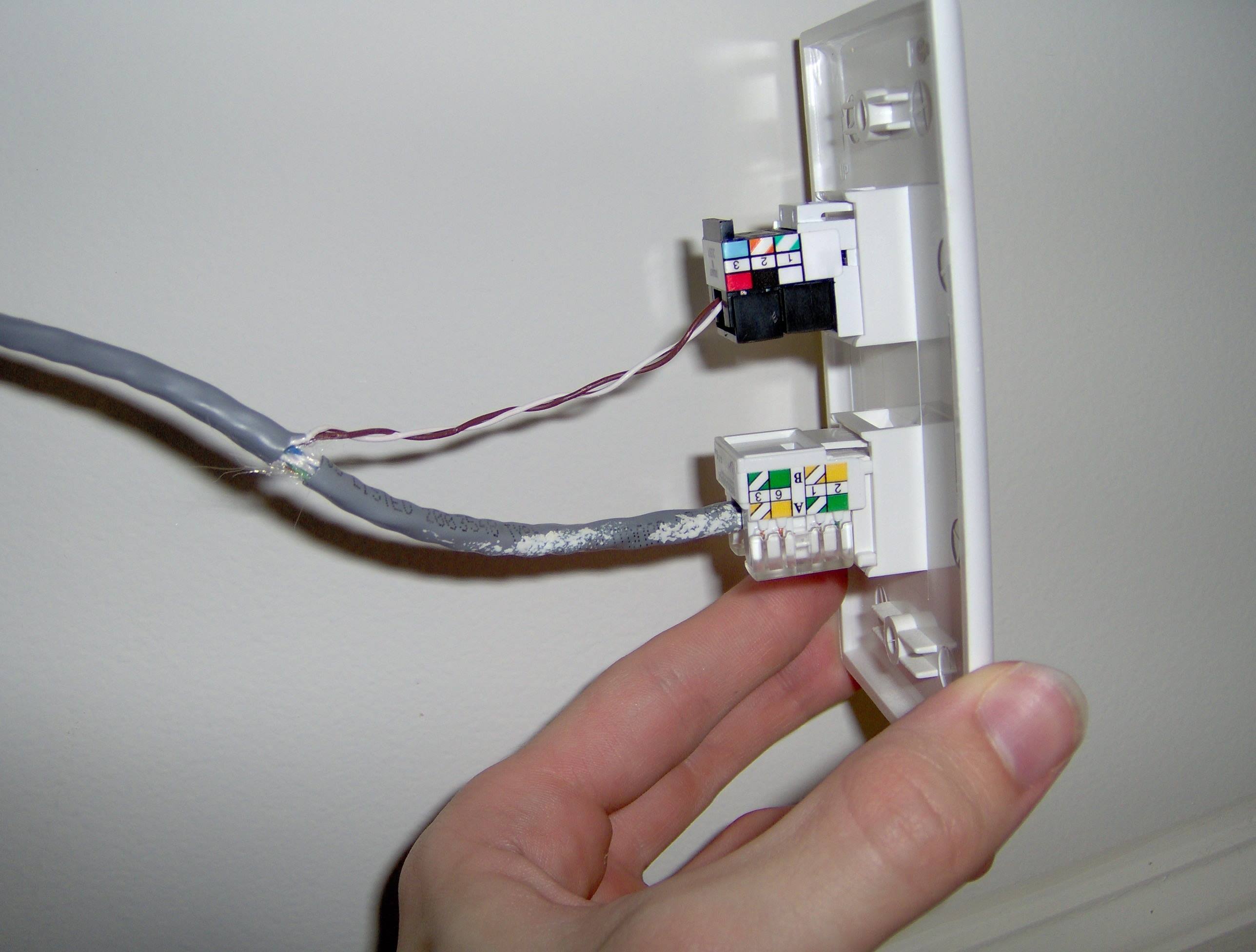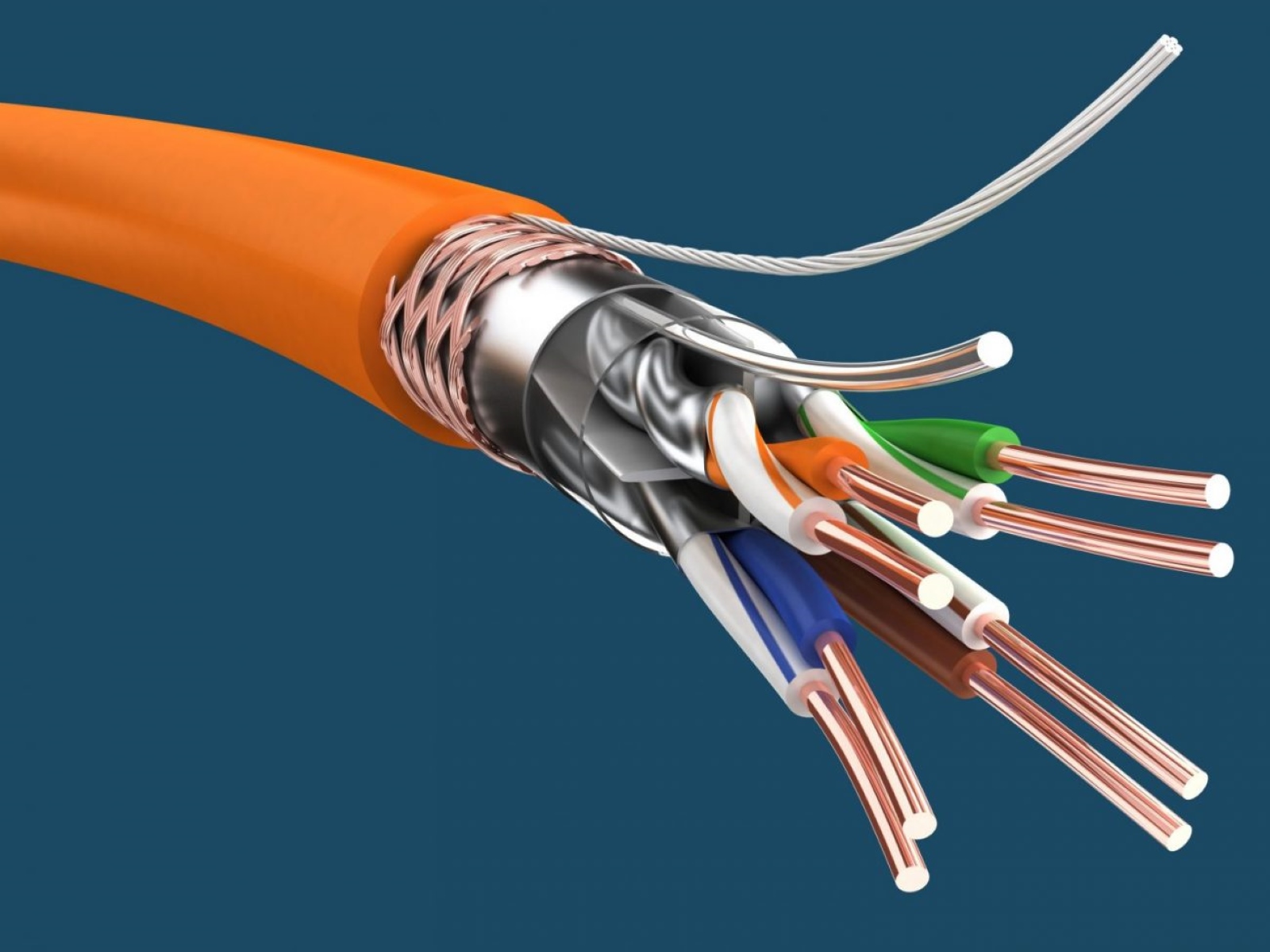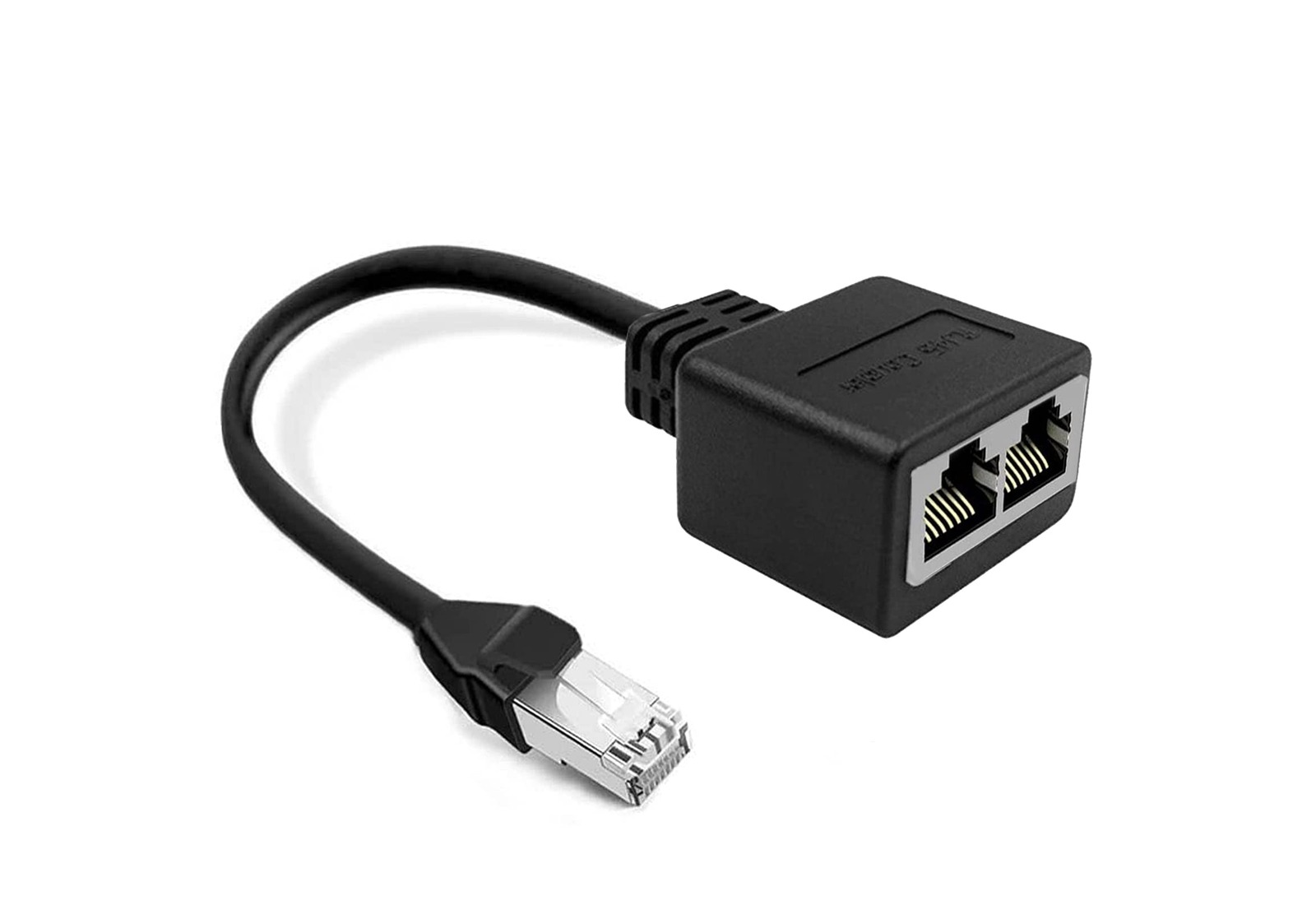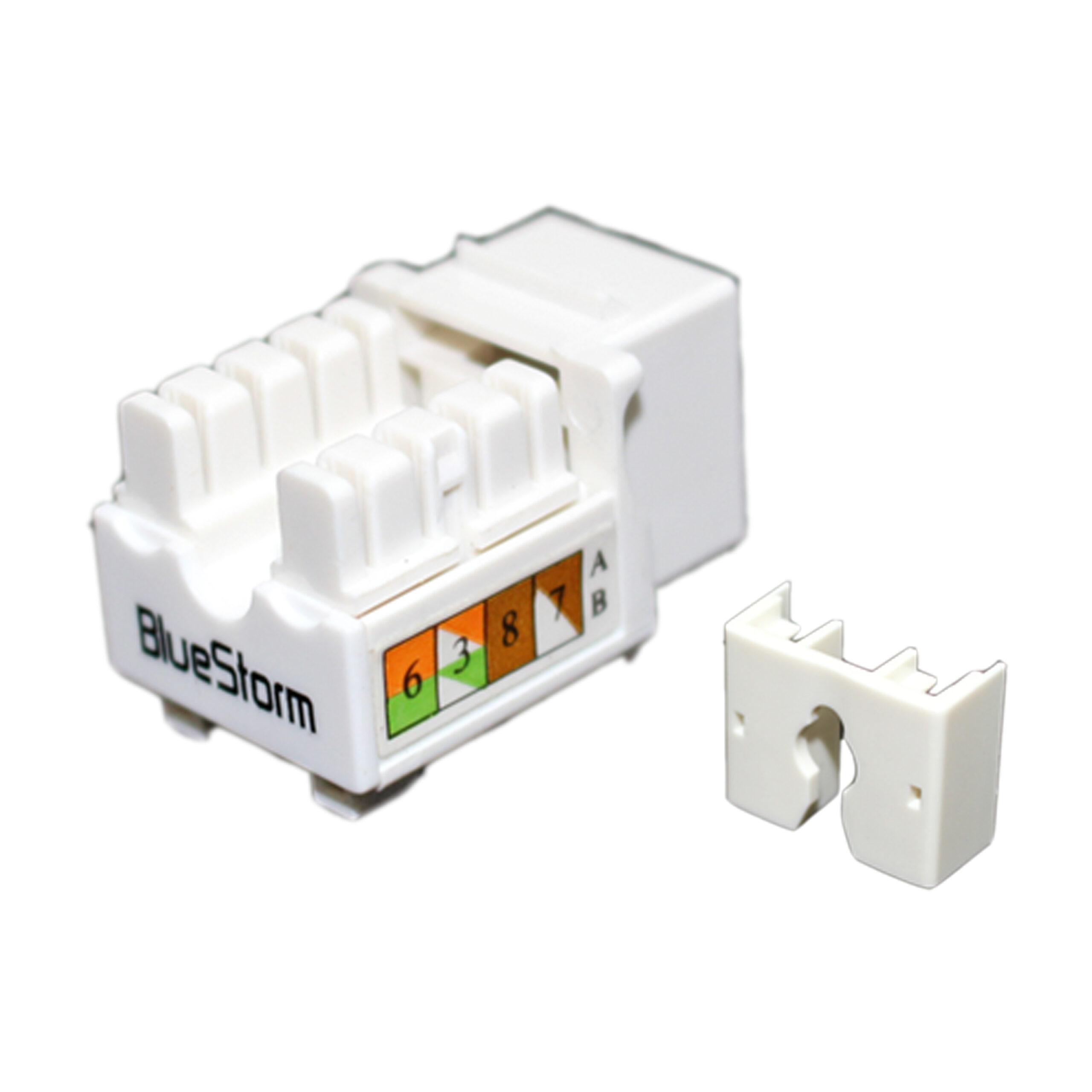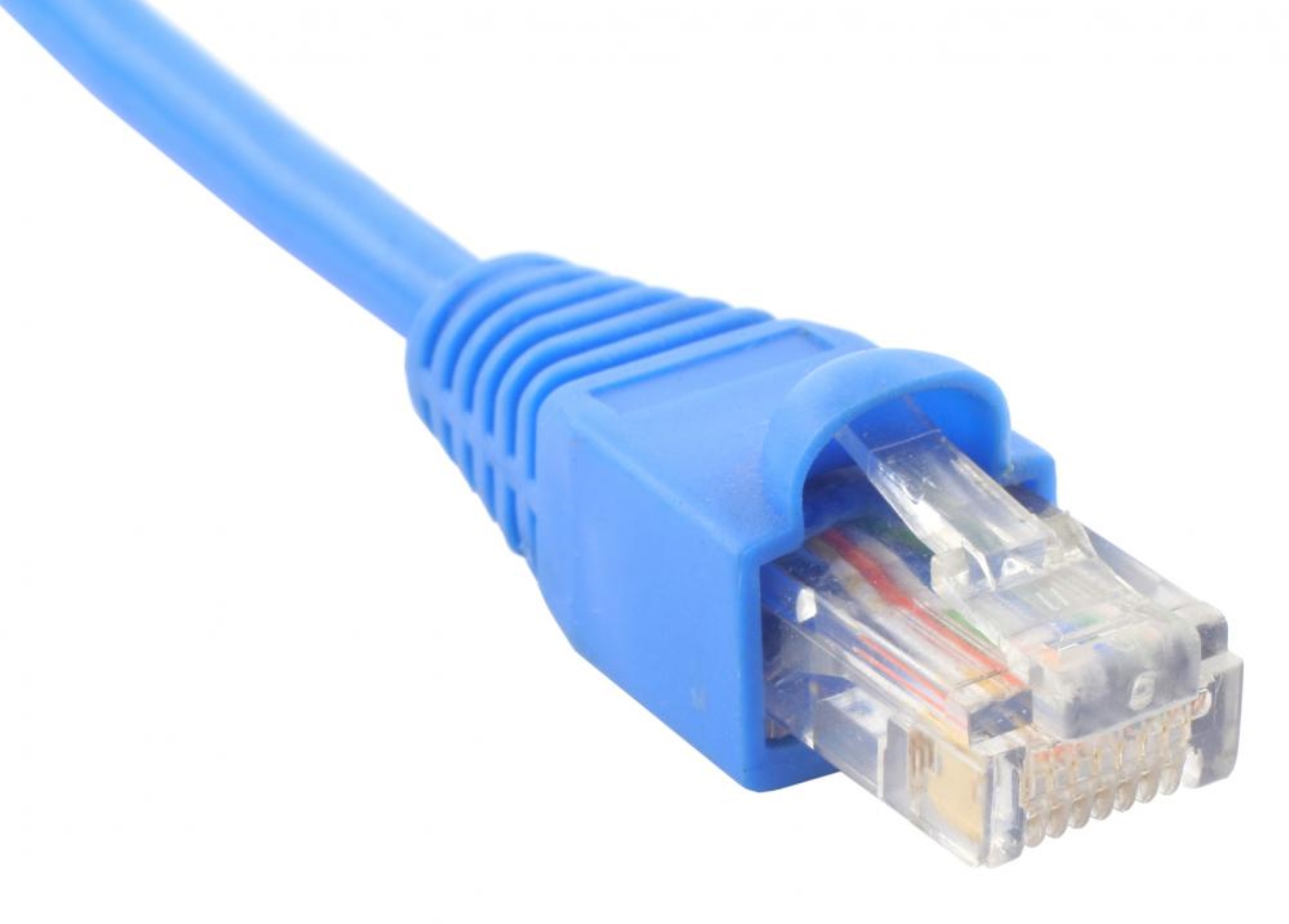Introduction
Ethernet cables are an essential component of any wired network setup. They are used to connect devices such as computers, routers, switches, and gaming consoles to transmit data between them. While Ethernet cables are commonly used in homes and offices for high-speed internet access, their importance extends beyond just internet connectivity. They are also crucial for local area networks (LANs) and for linking devices within a network to facilitate communication and data transfer.
The proper termination of an Ethernet cable is essential to ensure reliable and efficient network connections. Terminating an Ethernet cable refers to the process of installing connectors at both ends of the cable. These connectors enable the cable to be securely connected to devices, allowing data to be transmitted without loss or interference. The type of connector used to terminate an Ethernet cable plays a crucial role in the quality and speed of the network connection.
In this article, we will discuss the different types of connectors used to terminate Ethernet cables and focus on the most commonly used connector, the RJ-45 connector. We will also provide a step-by-step guide on how to terminate an Ethernet cable using an RJ-45 connector, along with the tools required for the process. By the end of this article, you will have a clear understanding of how to properly terminate Ethernet cables, ensuring optimal network performance.
What are Ethernet cables?
Ethernet cables, also known as network cables or Ethernet patch cables, are a type of networking cable used to establish wired connections between devices in a local area network (LAN). They are primarily used to transmit data between devices such as computers, routers, switches, printers, and gaming consoles. With the increasing demand for high-speed internet access, Ethernet cables have become the standard method for networking in both residential and commercial settings.
Ethernet cables are designed to support high-speed data transmission over long distances without significant loss or interference. They utilize twisted pairs of copper wires, which help minimize electromagnetic interference and crosstalk. The twisted pairs are enclosed within a protective outer sheath, which provides additional durability and protects the cables from external damage.
Ethernet cables come in different categories, with each category offering different levels of data transmission speeds and performance. The most common categories include Cat5e, Cat6, and Cat6a. Cat5e cables support data transfer rates of up to 1000 Mbps (megabits per second) and are suitable for most residential and small office network setups. Cat6 cables, on the other hand, can handle data transfer rates of up to 10 Gbps (gigabits per second) and are recommended for larger networks with higher bandwidth requirements. Cat6a cables are designed for even higher transmission speeds and are commonly used in data centers and enterprise-level networks.
Ethernet cables typically feature modular connectors on both ends, allowing them to be easily plugged into Ethernet ports. The most commonly used connector type for Ethernet cables is the RJ-45 connector, which is discussed in detail later in this article. However, it is important to note that there are other connector types available, such as the older RJ-11 connector used for telephone connections and specialized connectors for specific applications.
In summary, Ethernet cables are the backbone of wired networking and are crucial for establishing reliable and high-speed connections between devices within a local network. They come in various categories, each offering different data transmission speeds, and are equipped with connectors that enable easy plug-and-play functionality. Next, we will explore the importance of properly terminating Ethernet cables to ensure optimal network performance.
Why is it important to terminate an Ethernet cable?
Terminating an Ethernet cable is a crucial step in ensuring reliable and efficient network connections. It involves attaching connectors to both ends of the cable, allowing the cable to be securely connected to devices such as computers, routers, and switches. Proper termination offers several important benefits for network performance and reliability.
Firstly, terminating an Ethernet cable ensures a secure and consistent connection between devices. When cables are terminated correctly, the connectors create a snug fit, preventing any wiggle or movement that could result in a loose or unstable connection. A loose connection can lead to interruptions in the network signal, causing data loss or slower network speeds. By terminating the cable properly, you can eliminate these issues and maintain a reliable and stable network connection.
Another advantage of terminating Ethernet cables is improved data transmission. The connectors used for termination, such as the RJ-45 connector, are designed to maintain the proper alignment and spacing of the cable’s twisted pairs. This alignment is essential for minimizing crosstalk and electromagnetic interference, which can degrade the quality of the signal and result in data errors or reduced network speeds. With proper termination, the cable’s performance is optimized, ensuring accurate and fast data transmission.
Proper termination also allows for easy installation and maintenance of network connections. When Ethernet cables are terminated with standardized connectors, they can be easily plugged into Ethernet ports, providing a hassle-free way to connect devices within a network. Additionally, terminated cables are easier to manage and organize, reducing the risk of tangled cords and making it simpler to identify and troubleshoot any connectivity issues that may arise.
Moreover, terminated Ethernet cables offer flexibility and versatility in network setups. With the connectors in place, you can easily switch, replace, or upgrade devices without the need for rewiring the entire network. This saves time and effort during network expansions or device replacements, ensuring minimal disruption to the network infrastructure.
In summary, terminating an Ethernet cable is vital for maintaining a secure, stable, and high-performance network connection. It ensures a snug and consistent connection, minimizes signal degradation, simplifies installation and maintenance, and provides flexibility for future network upgrades or changes. Next, we will explore the different types of connectors used for terminating Ethernet cables, with a focus on the widely used RJ-45 connector.
Types of connectors used to terminate an Ethernet cable
There are several types of connectors used to terminate Ethernet cables, each offering different features and advantages. The choice of connector depends on factors such as the category of the cable, the intended application, and personal preference. In this section, we will explore some of the commonly used connectors for Ethernet cable termination.
1. RJ-45 Connector: The RJ-45 (Registered Jack-45) connector is the most widely used connector for Ethernet cable termination. It is commonly used with Cat5e, Cat6, and Cat6a cables. The RJ-45 connector has eight pins arranged in a modular structure, allowing for easy termination and compatibility with Ethernet ports. It provides a secure and reliable connection, making it ideal for both residential and commercial network setups.
2. RJ-11 Connector: The RJ-11 connector is often associated with telephone cables, but it can also be used for terminating Ethernet cables in certain situations. It has four pins arranged in a modular structure and is primarily used with older and slower Ethernet technologies such as 10BASE-T and 100BASE-TX. While the RJ-11 connector can still be found in some network environments, it is gradually being replaced by the more versatile and robust RJ-45 connector.
3. Fiber Optic Connectors: In situations where long-distance or high-speed network connections are required, fiber optic cables and connectors are used. Fiber optic connectors, such as SC, ST, and LC connectors, are designed specifically for fiber optic cables. They provide excellent signal quality and can support extremely high data transfer rates. Fiber optic connectors are used in industries such as telecommunications, data centers, and high-speed internet connections.
4. Coaxial Connectors: Coaxial connectors, such as BNC and F-type connectors, are used primarily in older Ethernet technologies, such as 10BASE2 (thinnet) and 10BASE5 (thicknet). These connectors are often used for specific applications where coaxial cables are required.
It is important to note that the compatibility of connectors depends on the type and category of the Ethernet cable being used. Each connector has a specific pin configuration and compatibility with different technologies. Therefore, it is essential to choose the appropriate connector that matches the cable type and the network infrastructure requirements.
In summary, the RJ-45 connector is the most widely used connector for Ethernet cable termination, offering a secure and reliable connection. Other connectors, such as the RJ-11 connector for telephone cables and fiber optic connectors, are used for specific applications. When terminating Ethernet cables, it is important to select the appropriate connector based on the cable category and the network requirements. In the next section, we will discuss the tools required for terminating an Ethernet cable with an RJ-45 connector.
RJ-45 connector
The RJ-45 (Registered Jack-45) connector is the most commonly used connector for terminating Ethernet cables. It is designed specifically for Ethernet networking and is compatible with Cat5e, Cat6, and Cat6a cables. The RJ-45 connector provides a secure and reliable connection, ensuring optimal performance for network transmissions.
The RJ-45 connector features eight pins arranged in a modular structure, with eight small contacts inside the connector body that align with the corresponding pins of the network cable. These pins and contacts allow for the transfer of data signals between devices. The RJ-45 connector also has a locking tab that secures the connector in place when it is inserted into an Ethernet port, preventing accidental disconnection.
Terminating an Ethernet cable with an RJ-45 connector requires careful attention to ensure a proper and secure connection. The termination process involves stripping the outer sheath of the cable, untwisting the individual wire pairs, arranging them in the correct order, and then inserting them into the corresponding slots of the RJ-45 connector. Once the wires are properly inserted, crimping the connector with a specialized tool ensures a reliable and secure connection.
The pin configuration of the RJ-45 connector follows a specific standard known as the TIA/EIA-568 wiring scheme, which ensures compatibility between different network devices. The arrangement of the wires within the connector is crucial for maintaining the integrity of the signal and preventing crosstalk or interference.
It is important to note that there are two common wiring standards for Ethernet cables: T568A and T568B. Both standards are widely accepted and can be used interchangeably as long as the same standard is followed on both ends of the cable. The choice between T568A and T568B depends on personal preference or existing network infrastructure requirements.
Properly terminating an Ethernet cable with an RJ-45 connector is vital for maintaining reliable network connections. A poorly terminated cable can lead to connectivity issues, signal loss, or decreased network speeds. Therefore, it is crucial to carefully follow the correct wiring scheme and use the appropriate tools to crimp the connector correctly.
In summary, the RJ-45 connector is the standard connector for terminating Ethernet cables. It provides a secure and reliable connection for network transmissions. By following the proper termination process and using the correct wiring scheme, you can ensure that your Ethernet cables are properly terminated with RJ-45 connectors, resulting in optimal network performance. In the next section, we will discuss the tools required for terminating an Ethernet cable with an RJ-45 connector.
Tools required for terminating an Ethernet cable
Terminating an Ethernet cable with an RJ-45 connector requires the use of specific tools to achieve a proper and secure connection. These tools ensure that the cable is correctly prepared and terminated, providing optimal network performance. Here are the essential tools you will need for terminating an Ethernet cable:
- Wire Cutters: Wire cutters are essential for cutting the Ethernet cable to the desired length. They allow you to trim the cable without damaging the wires inside.
- Wire Strippers: Wire strippers are used to remove the outer sheath of the cable, exposing the individual wire pairs underneath. They help ensure a clean and precise strip without damaging the internal wires.
- UTP/STP Cable Jacket Stripper (optional): This tool is useful for quickly and accurately stripping the outer jacket of the Ethernet cable. It is particularly helpful for large-scale network installations.
- Cramping Tool: A crimping tool is a specialized tool that is used to attach the RJ-45 connector to the Ethernet cable. It firmly presses the connector onto the cable, creating a secure and reliable connection.
- RJ-45 Connectors: It is important to use high-quality RJ-45 connectors that are compatible with the cable category you are using. These connectors have small metal contacts that align with the cable’s internal wires for proper connectivity.
- Cable Tester (optional): A cable tester is a helpful tool for verifying the integrity of the terminated Ethernet cable. It identifies any wiring faults, such as shorts, open circuits, or incorrect wiring configurations.
Using these tools will ensure the proper termination of your Ethernet cables and facilitate efficient and reliable network connections. It is important to invest in high-quality tools and connectors to achieve the best results and minimize the risk of future connectivity issues.
Before you begin the termination process, it is recommended to gather all the necessary tools and connectors to have them readily available. This will help ensure a smooth and uninterrupted termination process, saving time and effort.
In the next section, we will provide a step-by-step guide on how to terminate an Ethernet cable using an RJ-45 connector, incorporating these tools and connectors.
Steps to terminate an Ethernet cable with an RJ-45 connector
Terminating an Ethernet cable with an RJ-45 connector is a simple process that can be completed with the right tools and following the correct steps. Here is a step-by-step guide on how to terminate an Ethernet cable using an RJ-45 connector:
- Measure and cut the Ethernet cable to the desired length using wire cutters.
- Use wire strippers to remove approximately 1 inch (2.5 cm) of the outer sheath from the end of the cable. Be careful not to cut the inner wires during this process.
- If using a UTP/STP Cable Jacket Stripper, position the tool over the cable end and rotate it several times to remove the outer jacket completely.
- Check the wire color scheme recommended by your wiring standard (T568A or T568B). Untwist the individual wire pairs and arrange them in the correct order according to the standard.
- Trim any uneven wires to ensure they are all the same length, ensuring a clean and consistent connection.
- Insert the wires into the RJ-45 connector, making sure that each wire goes into its designated slot according to the color scheme. Ensure the wires are fully inserted and reach the end of the connector.
- Hold the cable and connector securely and use a crimping tool to crimp the connector onto the cable. Apply firm and even pressure to ensure a strong connection.
- Repeat the process for the other end of the cable if needed.
- Inspect the terminated cable to ensure that none of the wires are exposed or touching each other. Trim any excess wire that extends beyond the connector.
- If available, use a cable tester to check the continuity and integrity of the terminated cable. This will help identify any wiring faults or connection issues.
Following these steps will result in a properly terminated Ethernet cable with an RJ-45 connector, ready to be connected to devices within your network. It is important to ensure accuracy and attention to detail during the termination process to prevent any connectivity issues or signal degradation.
By following these steps and using the appropriate tools, you can confidently terminate Ethernet cables with RJ-45 connectors, facilitating reliable and efficient network connections.
Conclusion
Terminating an Ethernet cable with the appropriate connector is a vital step in ensuring reliable and efficient network connections. In this article, we discussed the importance of properly terminating Ethernet cables and explored the different types of connectors used for termination. The RJ-45 connector, with its secure and reliable connection, is the most widely used connector for Ethernet cable termination.
We also discussed the tools required for terminating an Ethernet cable, including wire cutters, wire strippers, crimping tools, and RJ-45 connectors. These tools ensure that the termination process is carried out accurately and efficiently, resulting in optimal network performance.
Furthermore, we provided a step-by-step guide on how to terminate an Ethernet cable with an RJ-45 connector. Following these steps, along with the proper use of tools and adherence to wiring standards, will help ensure a successful termination and reliable network connections.
Properly terminated Ethernet cables offer secure and stable network connections, preventing signal loss, data errors, and reduced network speeds. They also provide flexibility for network expansions, device replacements, and easier troubleshooting.
By understanding the importance of Ethernet cable termination and following the recommended procedures, you can establish efficient and reliable wired network connections in your home or office.
Remember to always use high-quality connectors and cables, follow the recommended wiring standards, and test the terminated cables for any faults or errors.
In conclusion, proper termination of Ethernet cables with the appropriate connectors ensures reliable and efficient network connections. With the knowledge gained from this article, you are now equipped to terminate Ethernet cables effectively, allowing for optimal performance in your network infrastructure.









